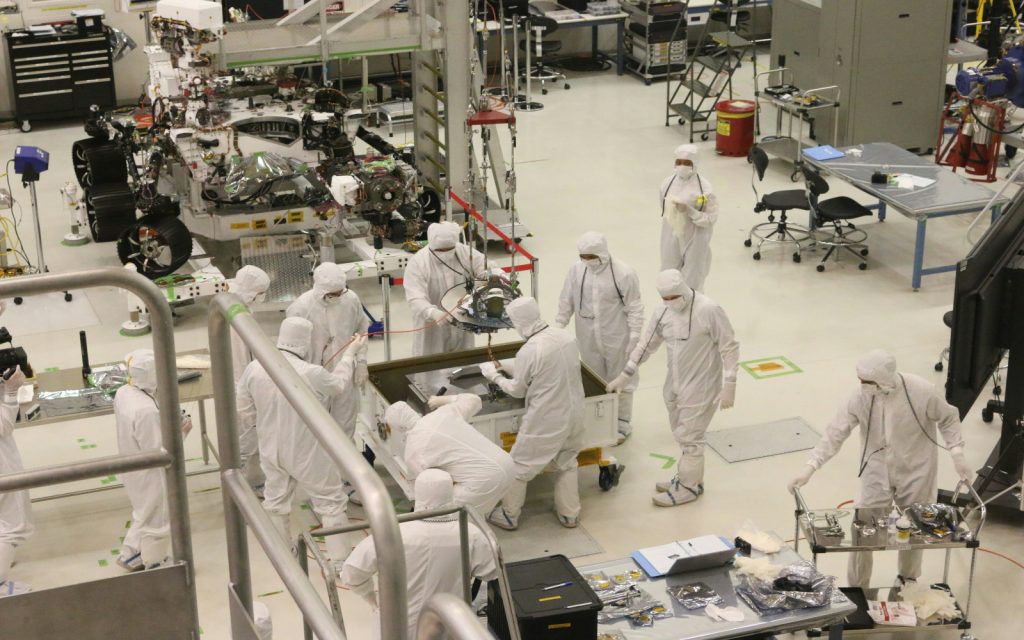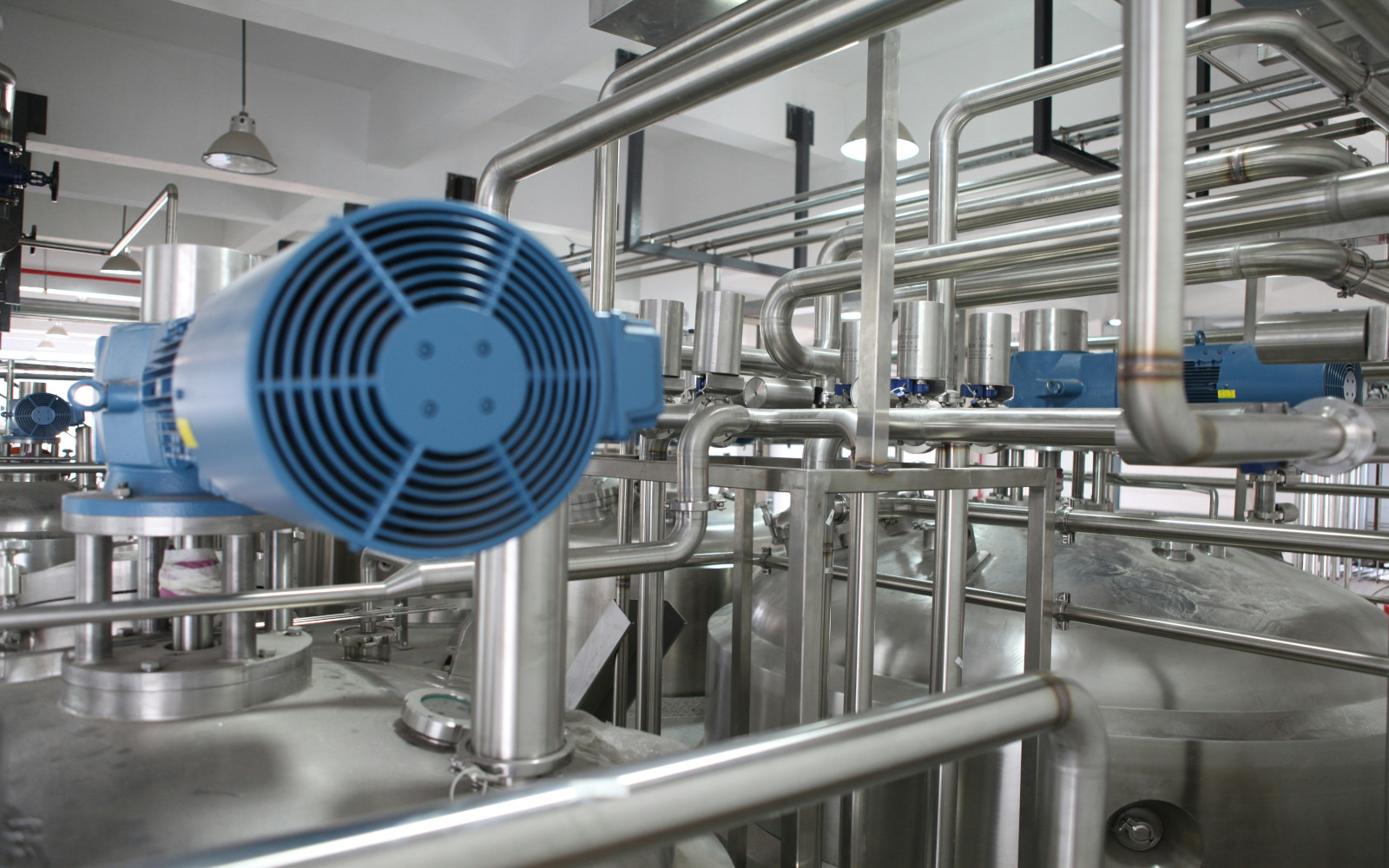Understanding the differences between carbon dioxide (CO2) and carbon monoxide (CO) is crucial for maintaining safety in industrial and manufacturing environments. Both gases are colorless and odorless, making them hard to detect without proper instrumentation. However, they have distinct chemical properties, sources, and health implications. This article explores these differences, providing safety managers, industrial hygienists, plant managers, safety consultants, quality managers, and lab managers with a comprehensive overview to help mitigate risks associated with these gases.
Chemical and Physical Properties
Chemical Composition and Formation
Carbon dioxide (CO2) consists of one carbon atom covalently bonded to two oxygen atoms. It forms during complete combustion when hydrocarbons react with oxygen, producing carbon dioxide and water. This reaction is common in various industrial processes, including the production of hydrogen and ammonia from natural gas or coal.
In contrast, carbon monoxide (CO) is composed of one carbon atom triple-bonded to one oxygen atom. CO forms during incomplete combustion, where a limited oxygen supply prevents complete oxidation, resulting in CO instead of CO2. Common sources include vehicle exhaust, gas appliances, and industrial furnaces. Unlike CO2, CO is highly reactive and does not naturally occur in the atmosphere due to its rapid oxidation.
Physical Properties and Detection
Both CO2 and CO are invisible and odorless, complicating their detection. However, their physical properties differ significantly. CO2 is non-flammable and does not support combustion; it is often used in fire suppression systems. In contrast, CO is highly flammable and can form explosive mixtures with air.
The density of these gases also varies. CO2 is denser than air and tends to accumulate near the ground, making ground-level gas detectors essential. Conversely, CO has a density similar to air, requiring detectors to be placed at breathing levels.
Health Hazards
Carbon Dioxide
While CO2 is a natural by-product of respiration and generally considered safe at low levels, high concentrations can pose severe health risks. In enclosed spaces, elevated CO2 levels can lead to headaches, dizziness, and asphyxiation by displacing oxygen. OSHA has set a permissible exposure limit (PEL) for CO2 at 5,000 ppm over an eight-hour period. At concentrations above 30,000 ppm, short-term exposure can be hazardous, and levels above 80,000 ppm are potentially life-threatening.
Carbon Monoxide
CO, often called the “Silent Killer,” is far more dangerous. It binds with hemoglobin in the blood, preventing oxygen transport and leading to tissue hypoxia. Symptoms of CO exposure include headache, dizziness, and confusion, progressing to loss of consciousness and death at higher levels. OSHA’s PEL for CO is 50 ppm over eight hours, with an immediate danger to life and health (IDLH) threshold at 1500 ppm. Given its lethality, CO detection in industrial settings is crucial for preventing accidental poisoning.
Applications and Industries

Carbon Dioxide
CO2 is widely used across industries, including food and beverage (carbonation), welding, and as a refrigerant. It also plays a role in fire suppression and pH control in water treatment. The gas’s presence in various processes makes CO2 monitoring essential to prevent overexposure, particularly in confined spaces.
Carbon Monoxide
CO is primarily an unwanted by-product of combustion, but it has applications in metal fabrication, chemical manufacturing, and electronics. In these industries, CO is used in the production of metal carbonyls and as a reducing agent. However, its presence in workplaces, especially near combustion engines, necessitates stringent monitoring to ensure worker safety.
Lesser-Known Facts
One lesser-known aspect of CO2 is its use in enhanced oil recovery (EOR), where it is injected into oil reservoirs to increase extraction efficiency. Additionally, CO2 can form dry ice, a solid state used for cooling and shipping perishable goods.
On the other hand, CO has niche applications in the production of certain chemicals and pharmaceuticals. However, its primary concern remains its potential for accidental poisoning, especially in industrial settings with inadequate ventilation.
Safety Measures and Best Practices
To ensure safety in environments where CO2 and CO are present, implementing comprehensive gas detection systems is vital. For CO2, the use of infrared sensors is standard, while CO detectors often utilize electrochemical sensors. The placement of these detectors should be strategic, based on the gas’s density and the specific industrial context. Regular maintenance and calibration of detectors are also crucial for accurate monitoring.
Lower Explosive Limit (LEL) Levels of Different Gases
| Gas | LEL (% by volume) |
|---|---|
| Methane (CH4) | 5.0 |
| Propane (C3H8) | 2.1 |
| Ethylene (C2H4) | 2.7 |
| Hydrogen (H2) | 4.0 |
| Carbon Monoxide (CO) | 12.5 |
Understanding the differences between carbon dioxide and carbon monoxide is crucial for ensuring workplace safety in industrial settings. While both gases pose significant risks, they require different detection and mitigation strategies. By implementing advanced gas detection systems like the Accusafe or GasD 8000 by Interscan, companies can protect their employees and maintain safe working environments. For more information or to request a quote, visit Interscan Gas Detection Systems.
In conclusion, being informed and prepared is the best defense against the potential dangers posed by these gases. Stay safe, stay informed, and take action to protect your workforce.


